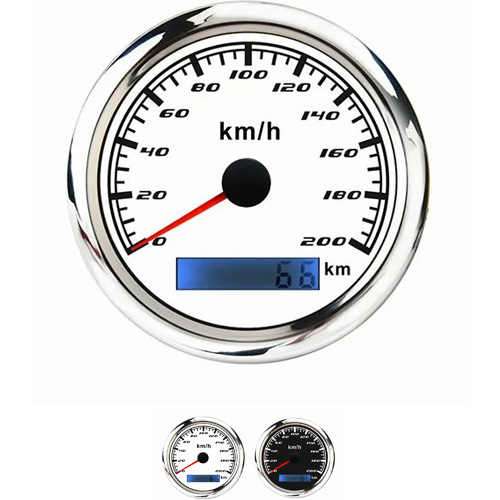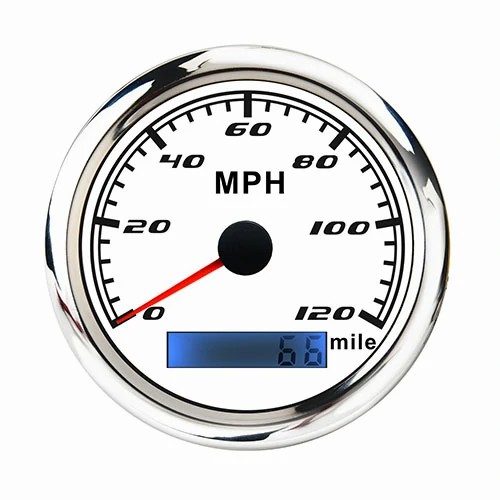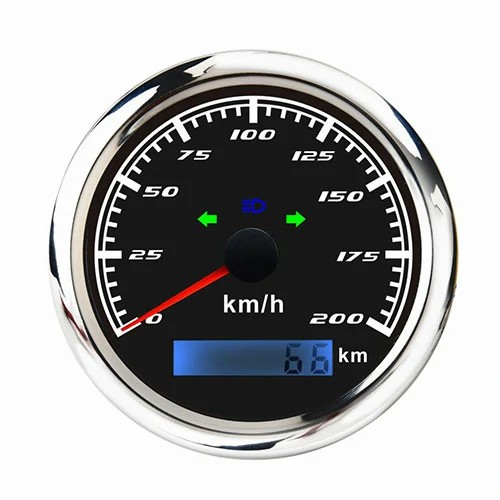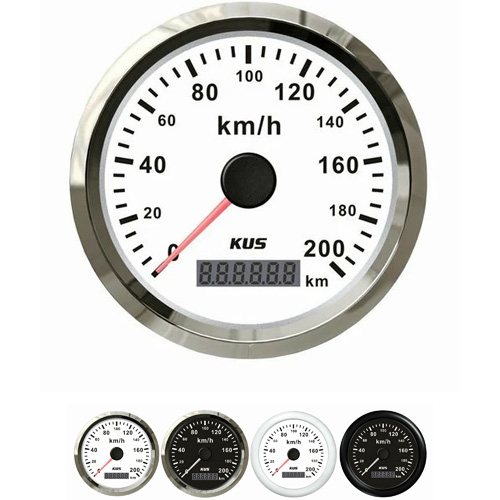how a speedometer works
When the car is running, the driving shaft rotates with the permanent magnet, the magnetic field lines of the permanent magnet generate eddy currents on the aluminum bowl, and the eddy currents interact with the magnetic field of the permanent magnets to generate torque to overcome the elastic force of the disc spring, so the aluminum bowl has a pointer turn an angle;When the car goes straight, the two planetary gears only revolve, not rotate.According to the mechanical principle, the inner wheel is bound to turn slower when turning. At this time, the rotational speed of the drive shaft remains unchanged, and the planetary wheel rotates while revolving around the half-axis. The differential has three functions:
(1) The power from the engine is transmitted to the wheels;
(2) Acting as the main reduction gear of the car, reducing the speed of the drive train before the power is transmitted to the wheels
(3) The power is transmitted to the wheels, and at the same time, the two wheels are allowed to rotate at different wheel speeds when the car turns. The differential is generally composed of a driving bevel gear, a driven bevel gear, a planetary gear, a cross shaft and a side shaft gear. The driving gear drives the driven gear to drive the planetary gear (differential pinion) to drive the side gear (side gear) to rotate.
When driving in a straight line, the driving wheel drives the driven wheel to drive the planetary gear to rotate. At this time, the planetary gear revolves around the half-shaft position (not rotates).When turning or the road is uneven, the driving wheel drives the driven wheel to drive the planetary gear to rotate. At this time, when the planetary gear revolves around the half-shaft position, it rotates at the same time, so that the half-shaft gear drives the half-shaft to make the two wheels rotate. Different to achieve the purpose of turning.
There are three types of speedometers: purely mechanical, mechanical-electronic and purely electronic.
The flexible shaft in the purely mechanical speedometer rotates at high speed, and its motion, hysteresis, and the limit of the alternating stress limit of the steel wire. High-speed vehicles often cause fatigue fracture of the steel wire flexible shaft, thus making the function of the odometer invalid. Therefore, the purely mechanical odometer has gradually withdrawn from the market. Compared with the mechanical speed odometer, the mechanical-electronic speedometer mainly replaces the flexible shaft with a sensor, which overcomes the shortcomings of the mechanical speedometer pointer swing, the flexible shaft is easy to break, and the photoelectric pulse or magnetic The electric pulse signal, after being processed by the microcomputer inside the instrument, can display the vehicle speed on the display screen.The pure electronic speed odometer does not have the error of the vehicle speed and mileage caused by the error between the actual speed ratio and the theoretical speed ratio of the main and passive gears of the odometer, so the indicated reading of the speed odometer is more accurate than the first two.
 English
English 






Get a Quote / Info